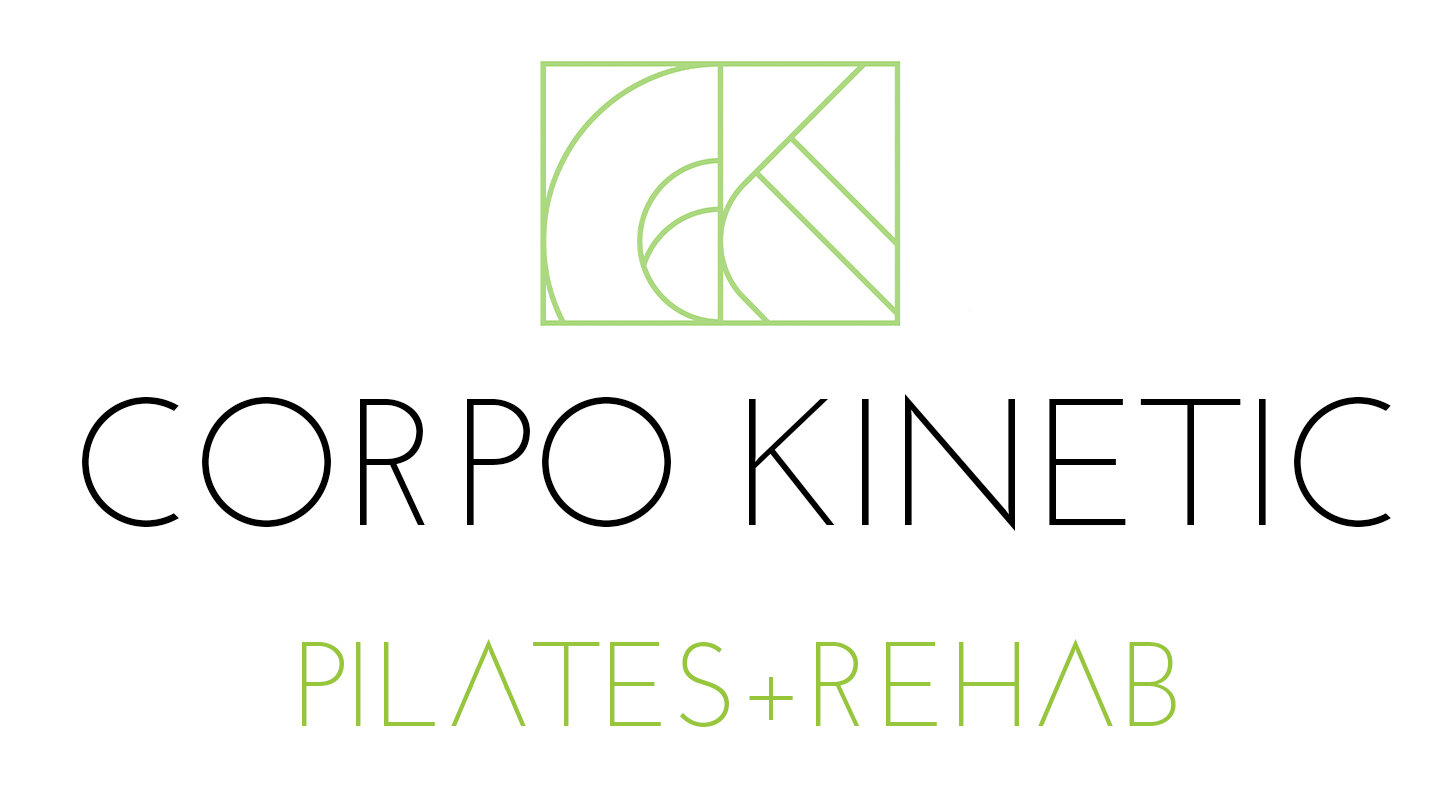Anatomy Moment: The Dynamic Pelvic Floor
If you’ve ever done a kegel, or even if you know about this simple exercise, you may know where the pelvic floor is, but why is it so important? The pelvic floor is the “pilot light” for our internal core unit, it helps support our organs and it helps ensure proper hip, lower back, and pelvic movement mechanics. And there is so much more to it than the kegel!
The pelvic floor is a muscle and, like any muscle, it can (and should) contract and relax, shorten and lengthen. I’m sure you can imagine that you may have problems with your arm if you biceps were too weak for the tasks you asked of it, be it yard work, holding the leash as you walk your new puppy, or pumping iron. Conversely, a biceps could also become too tight/shortened either by repetitive positioning in a shortened position (I’m looking at you, computer users aka all of us!), or by heavy use (new puppy yanks on leash, bicep contracts to try and hold puppy back, bicep is sore and tight the next day but puppy still needs a walk, process repeats resulting in, over time, a chronically tight and short bicep). In either condition of weak or too tight, over time problems might develop with the structures around the bicep: elbow, shoulder, or arm.
If we extrapolate this explanation of the well-know bicep muscle to the lesser-understood pelvic floor muscle, it follows that a dysfunctional pelvic floor, be it too weak or too tight, could also result in problems for the surrounding structures: pelvis, sacroiliac joints, hips, and lower back. A few years ago, if someone had pelvic floor dysfunction, the standard advice was: do kegels and strengthen that pelvic floor! Now, we’ve expanded our understanding of the pelvic floor to see it’s full dynamic capabilities. The pelvic floor should be able to both contract/shorten, and relax/lengthen. And while it’s fine to isolate the pelvic floor with a kegel, being able to dynamically integrate the contractions and lengthening of the pelvic floor with full body movement is even better.
One of the best and simplest exercises to feel the dynamic function of your pelvic floor is the squat. Starting from standing, as you bend your hips, knees, and ankles in to a squat, the sitz bones, pubic bone, and tail bone slightly widen away from each other, and the pelvic floor lengthens and widens. As we come up to standing, the pelvic floor contracts and shortens, lifting in and up, slightly hugging the sitz bones, pubic bone, and tail bone towards each other. If the pelvic floor is too tight and isn’t lengthening enough as you go in to your squat, your hips and lower back may take more of the stress of that deep bending position. If you pelvic floor isn’t initiating the lift up out of the squat, the other muscles of your lumbopelvic area won’t be firing optimally, and you may get pain or overuse symptoms in the low back, SI joint dysfunction, or even knees. *Please note that these are examples, and not meant to be a comprehensive or definitive list.
When the pelvic floor is working optimally with the other muscles around our hips, core, and lower back, what we get is a kegel plus glute strength plus core activation, and plus happy hips and spines. We get another muscle which can contract when asked to, relax when needed, and support our moving bodies. Checking in to this dynamic pelvic floor is, in my opinion, much more functional, and way more fun, than doing 3 sets of 10 kegels.
Let’s Move!
Book a group class or private session to use what you’ve learned:



